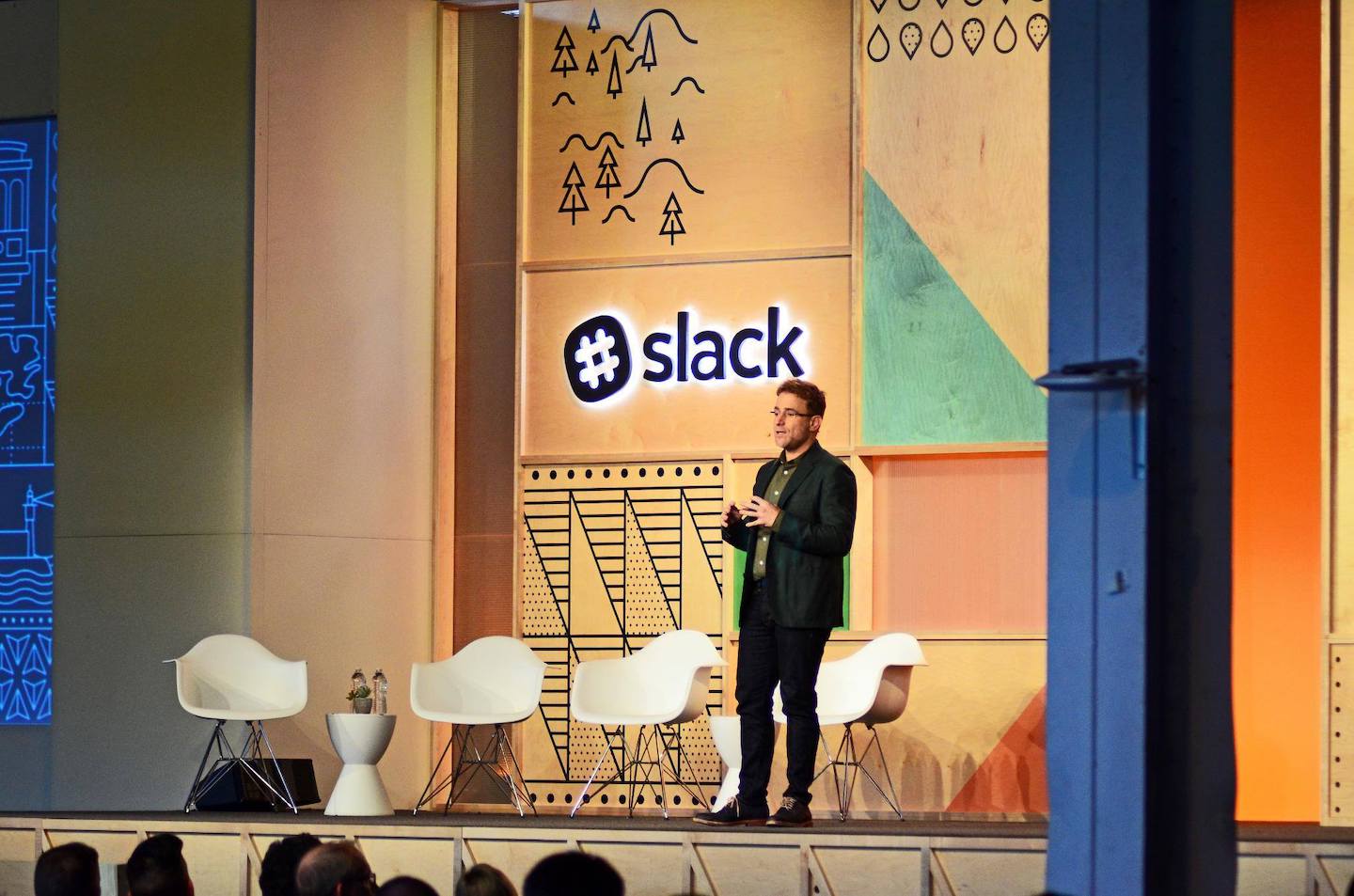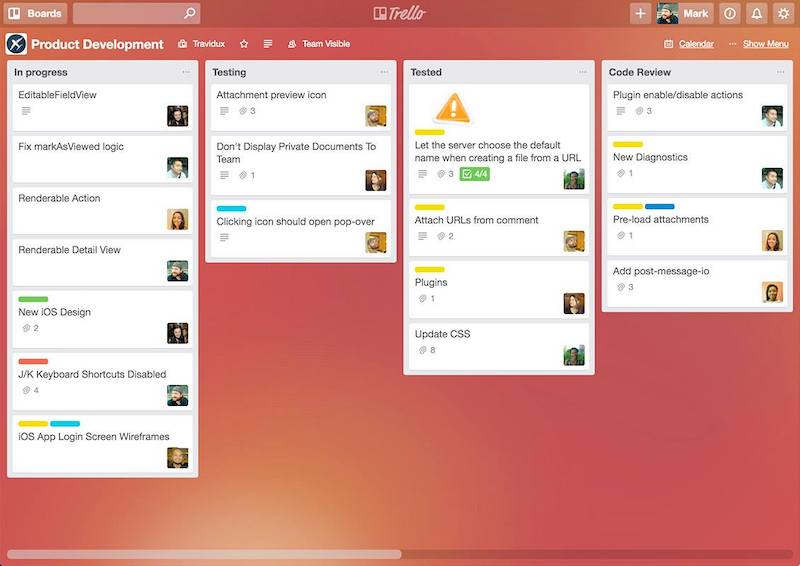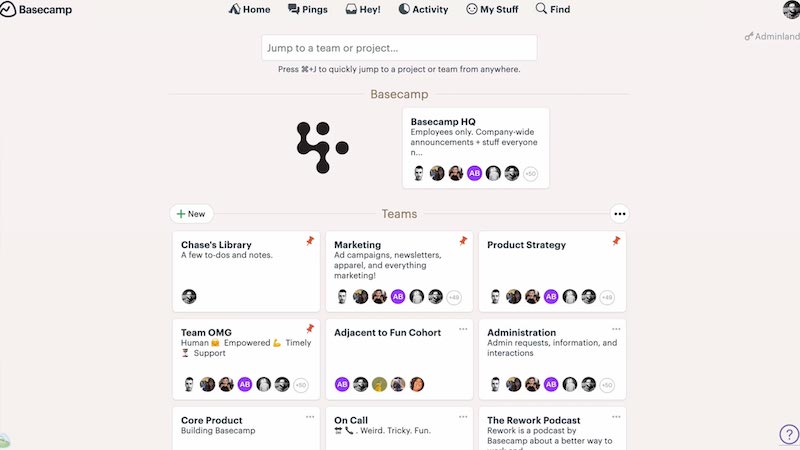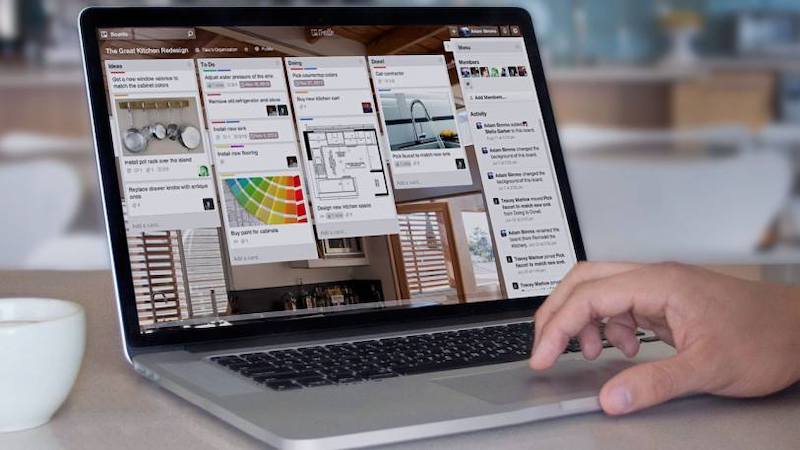
Slack, used by numerous Fortune 100 companies, stands for Searchable Log of All Conversation and Knowledge (Photo: Slack)
If a slogan serves the double duty of being a corporate identity and a battle cry, Toyota’s 1973 tagline “Everything keeps going right” certainly reflected the carmaker’s success in spearheading innovation and mobility. But, alas, the ride has not always been smooth for the automotive giant.
The global car industry ground to a halt after World War II, crippling the very colossus that has long symbolised Japan’s industrial might. Toyota was saddled with overproduction and a large inventory of raw materials, until industrial engineer Taiichi Ohno chanced upon the shelf-stocking technique in supermarkets during a visit to the US in 1956. The system of using rate of demand to control the rate of production kept the stock-on-hand to a minimum, while optimising machine and human capabilities. This workflow that Ohno adopted and improved on, which overturned Toyota’s losses, and later gained popularity around the world, was called “kanban”.
Kanban (a portmanteau of “kan”, meaning sign, and “ban”, meaning board) not only laid the foundation of lean modern management known as the Toyota Production System, but also inspired a slew of modern online collaboration tools today, which have become indispensable in the wake of the current pandemic.
example_of_trello.jpeg

Let’s be honest. As attractive as it may seem to liberate ourselves from the tethers of the office, the workplace still provides an ecosystem in which to engender camaraderie and brainstorming. Meaningful bonds formed over small talk at the pantry or in the elevator cannot be substituted with playing Hangman with our colleagues on Zoom’s built-in whiteboard. With the pandemic still raging on, things may not change for a while — if 2020 was the year of “work from home”, 2021 is the same labouring confinement of “at home working during a pandemic”. Hence, it is up to us to find alternatives to make meetings — a notorious timesuck — more productive without succumbing to Zoom fatigue.
Microsoft Teams, Google Meet and Skype are just some of the easiest videoconferencing apps to use — or “frictionless”, in tech lingo — but work progress and performance cannot be measured just by holding video calls (in your home attire, we know). Enter online collaboration tools, a suite of web-based applications that support not just emailing, but instant messaging, file sharing, task delegating, work scheduling and more. Now comes the tricky part: Which app do you choose?
Instead of defaulting to a powerful communication tool that comes with all the bells and whistles, consider the desired outcome and how the flow of information will be perceived by your workmates. Does your team thrive on face-to-face discussions or would a delegation system be more effective to manage your remote staff who are based in another country or time zone? What if an occasion arises when everyone in the group does not need to be privy to a conversation? Just like how you would pick a convertible for a luxurious weekend road trip or a four-wheel for rugged off-road adventures, your choice of communication tool is not fit for use, but rather fit for purpose.
basecamp.jpeg

The most popular software that has been adopted by many workplaces are those with management features. With a dashboard functionality, one can drag and drop documents, while also getting an at-a-glance view of project status in a centralised information hub. The Teamwork app helps project managers keep track of workload and deadlines that are in danger of slipping. On the other hand, Basecamp eliminates the chaos of email threads, streamlining your messages under a single project so everyone knows what is going on at any given moment. If you are using Basecamp for a non-profit or educational programme, you might even be entitled for a discounted Basecamp Business rate, which includes perks such as unlimited users and 500GB storage space.
For businesses that centre around service deliveries, the aforementioned kanban method relieves team overburden and delivers customer value in a predictable manner. In a nutshell, kanban is made up of three simple forms — “to do”, “doing” and “done” — to chart your work progress from zero to completion.
The same principle was modernised to build Trello, a platform that aligns your customer demands with your team’s capacity. Because each task is attached with a “class of service” to define its level of importance, you can prioritise jobs such as server outages or network defects above your standard, non-urgent assignments.
kanban_method.jpeg

Database app Airtable has achieved a cult following in the Silicon Valley, and with good reason. The visually appealing spreadsheet doubles as an exhaustive database that businesses can use for customer-relationship management. Tesla uses Airtable to track inventory of vehicles as they leave the factory; US$20 billion office space start-up WeWork sorts and filters customer feedback with it; while media publications Time and Fortune manage their video and photo production schedules through it.
How often is there deep collaboration or an exchange of instantaneous ideas over email? Almost never. The most in-demand, channel-based messaging platform Slack — used by at least 65 companies in the Fortune 100 — strips the hierarchical way of emailing and its traditional letter-writing culture with informal messaging that comes with functions such as real-time collaborations, quick polling, impromptu videos chats, searchable access to all past conversations, and combining all your other business tools under one roof. Having usurped the painfully strait-laced Gmail, Slack has suddenly become the new life of the party that everybody wants to crowd around.
As online collaboration tools continue to dissolve the distinction between enterprise and social networks, organisational agility is no longer an accidental by-product but a yardstick to determine a company’s stamina to out-hustle industry competition. Of course, any over-reliance on technology also runs the risk of backfiring as humans are not simply wired to respond to an ongoing stream of unpredictable communication at the same time we are trying to complete our jobs. We should be juggling tasks, not a jumble of logins.
Work-life fluidity, aided by digital innovations that transcend time and distance, does not mean a porous relationship between your job and your personal space. It is important to view digital tools as antidotes that stimulate synchronous collaboration and cultivate diversity of opinion, not to make a worker’s presence in the office less essential. Without people, the workplace is an empty shell after all.
This article first appeared on Feb 15, 2021 in The Edge Malaysia.


